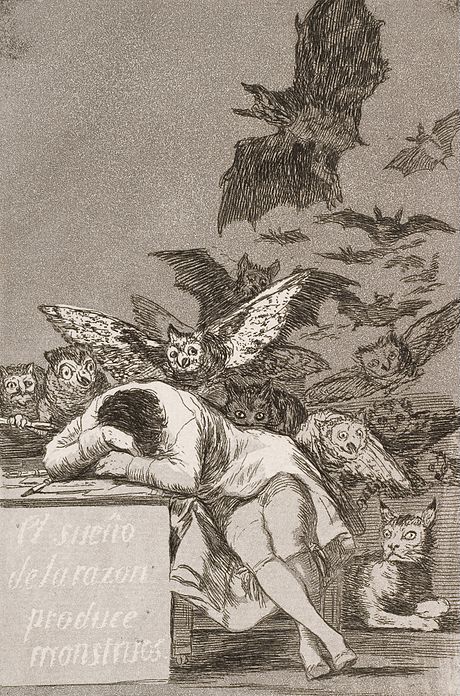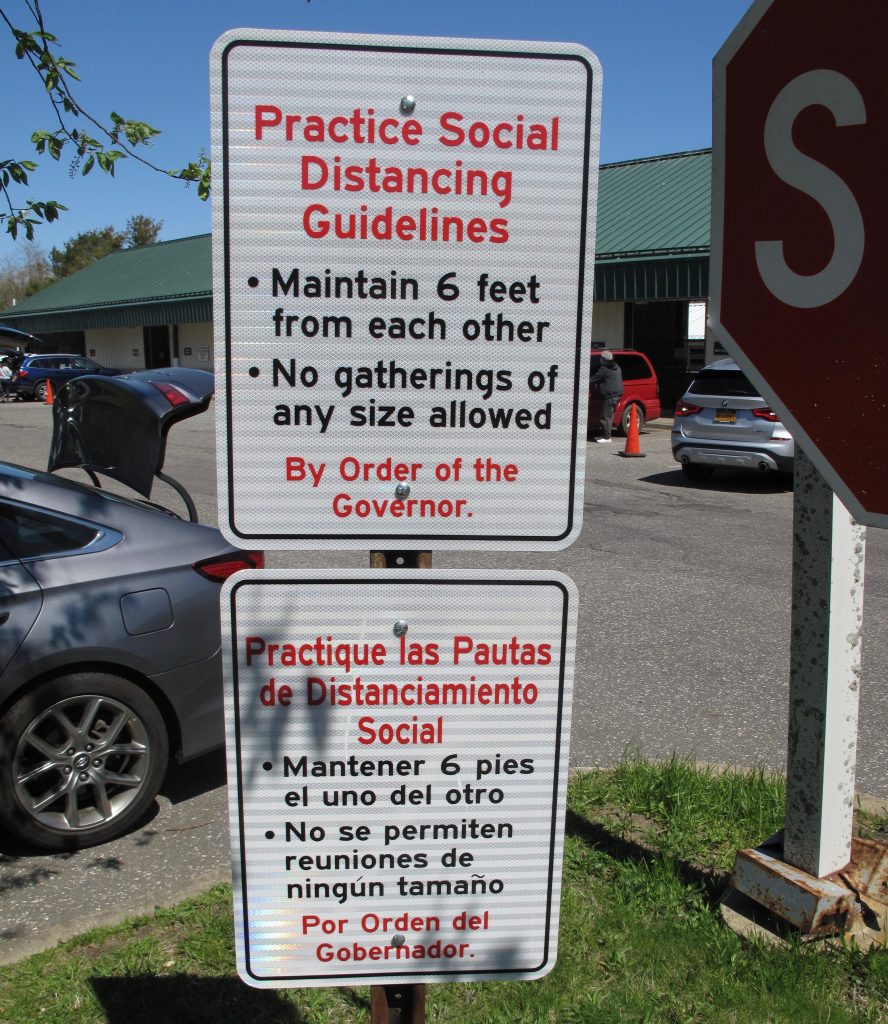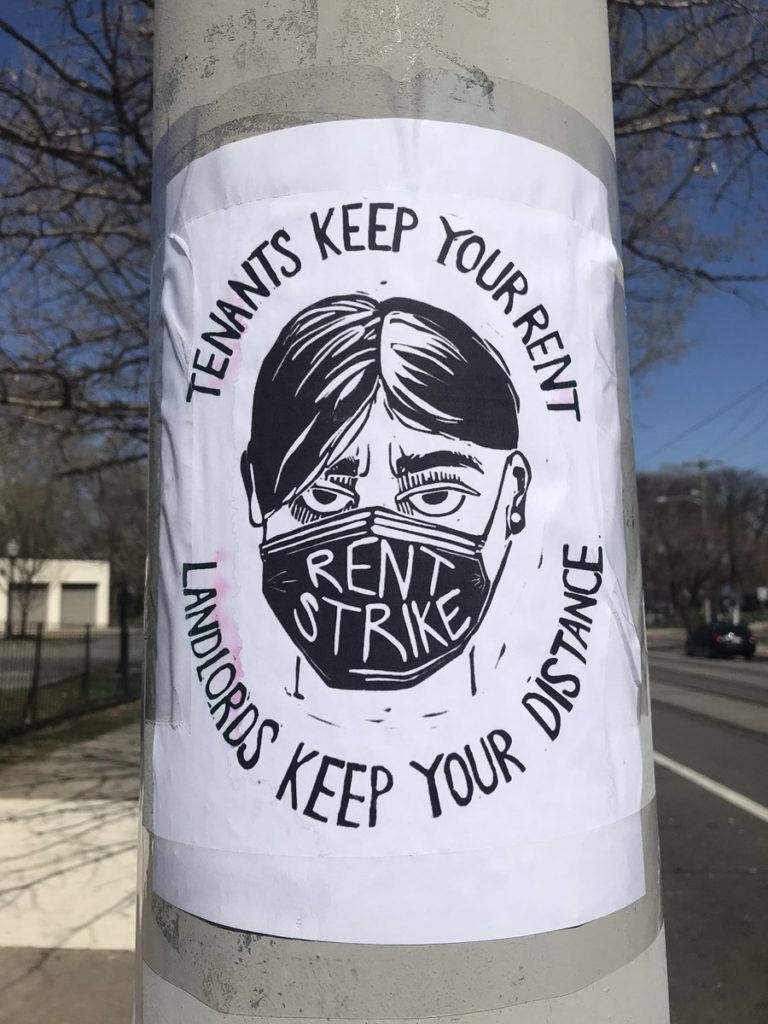
Friday, May 8
Did yesterday’s post focus too heavily on the designer-label shops of East Hampton, and thereby neglect the town’s very lengthy and complex past?
The area that now composes the town dates back to 1648, when it was purchased by two Connecticut governors. In exchange for the land, they gave the Montauk Indians an assortment of goods such as coats, hatchets, and knives. The New England men, in turn, resold the area for £30 to a group they called “the Inhabitants of East Hampton.” The new settlers came here by way of New England, looking for less-settled territory where they could raise crops and pasture their farm animals. Each original inhabitant got a house lot of several acres in the center of East Hampton, plus rights to use of the common fields.
Over the decades to come, some settlers would turn to whaling and fishing. Others engaged in commerce, trading the local produce and fish for goods made elsewhere.
By the second half of the 19th century, there were new intruders: members of the leisure class, traveling out to the East End via the Long Island Railroad. The exclusive Maidstone Club was founded in 1894, and its challenging golf course was redesigned in the 1920s to occupy 130 acres facing the Atlantic coast. By 1929, when Jacqueline Bouvier was born, there was a well established enclave of the wealthy in the Hamptons. And after World War II, as vacations and leisure activity became more possible for the middle and working classes, even more visitors came out to the area, bringing with them the development that has in recent decades become rampant.
Several groups have acted as an obstacle to this development: traditionalists, environmentalists, the local fishermen who are generally called Baymen, and the organization called the Ladies Village Improvement Society, formed in 1895 to ensure that the community’s “storied charms will not be disturbed by the pressures of contemporary growth and development.” The more commercial enterprises that have sought to win a foothold here in recent decades, ranging from fast-food outlets to the bookstore chain Barnes & Noble, have found their paths blocked. But legions of McMansions continue to advance across the former marshes and potato fields.
Much of this information comes from a 1990 book by Northwestern University historian T.H. Breen, Imagining the Past: East Hampton Histories. I will include more detail on the town’s history in future posts .
Today’s weather has been cloudy and, by the end of the day, rainy.
Tonight’s dinner: Avgolemono soup and a lettuce, avocado, and tomato salad.
Tonight’s entertainment: more episodes of The Valhalla Murders.








